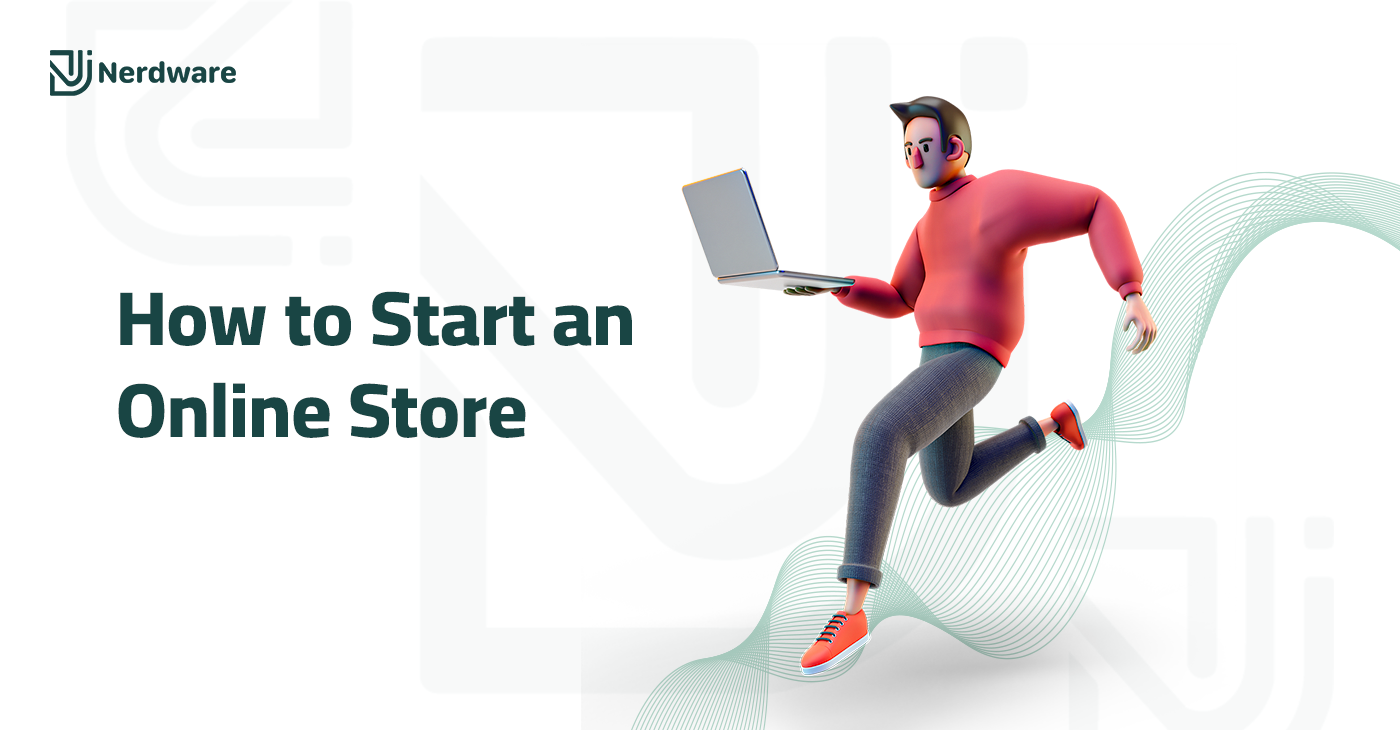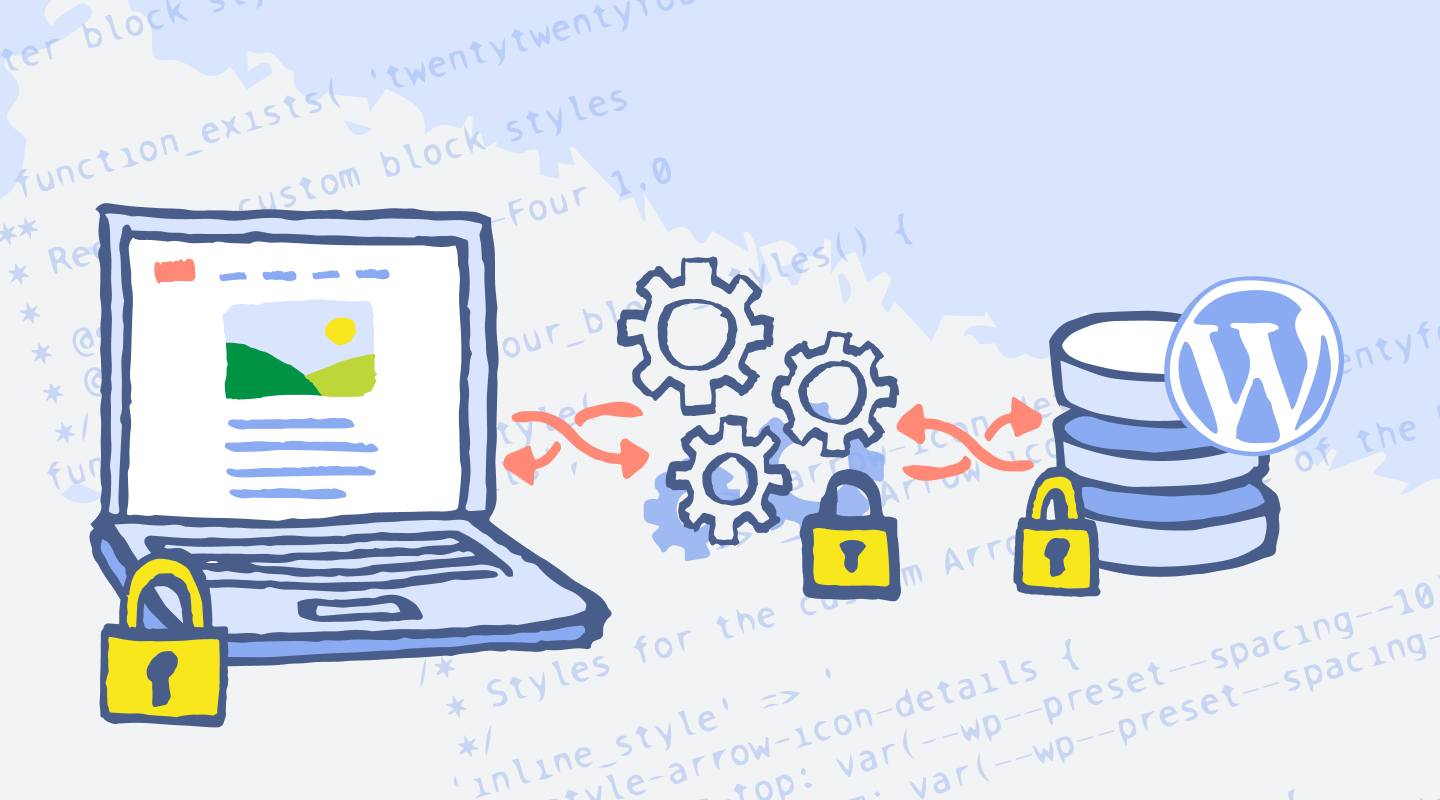
Choosing the Right Approach: WooCommerce vs. Building from Scratch for Your Online Store
Understanding WooCommerce: Benefits and Drawbacks
WooCommerce is a popular plugin that transforms a WordPress website into a fully functional online store. One of its primary benefits is ease of use. Even those with limited technical knowledge can set up a store with relative simplicity. The user-friendly interface allows for straightforward navigation, making it accessible to both beginner and seasoned eCommerce entrepreneurs. This accessibility is crucial for businesses that wish to put their resources primarily toward sales and marketing rather than extensive website development.
Another significant advantage of WooCommerce is its extensive customization options. The plugin supports a wide array of themes and extensions, enabling store owners to tailor their websites to meet specific business needs and customer preferences. From payment gateways to shipping options, WooCommerce provides flexibility through its vast marketplace of plugins. This adaptability empowers users to expand their store’s functionality easily as their business grows, allowing for enhanced customer experiences and operational efficiency.
However, while WooCommerce offers significant perks, there are inherent drawbacks to consider. One potential limitation is its scalability. As an online store grows and starts to handle greater volumes of traffic and transactions, performance issues may arise. Businesses with substantial growth plans may find that WooCommerce requires careful management and may not be as robust as custom-built solutions tailored for larger operations.
Additionally, WooCommerce’s dependency on WordPress can be seen as a double-edged sword. While it allows users to leverage a well-established content management system, it also means that any limitations or issues within WordPress can impact the store’s performance. Businesses that anticipate high customization demands or increased traffic should carefully weigh these factors against their specific needs when considering WooCommerce.
Building from Scratch: Pros and Cons
Building an online store from scratch presents a myriad of advantages that appeal to many entrepreneurs. One of the most significant benefits is the flexibility it offers. When developing a custom online store, retailers have the freedom to create a unique user experience tailored to their target audience, incorporating distinct design elements and functionalities that off-the-shelf solutions might not provide. This level of customization can lead to a competitive edge, particularly in saturated markets.
Moreover, building from scratch facilitates complete control over the design and functionality of the online store. Entrepreneurs can choose the technology stack that best suits their needs, ensuring optimal performance and security measures are employed from the outset. This capability is crucial as businesses scale; having a foundation built specifically for growth can prevent the technical issues that often arise when adopting generic platforms. Scalability becomes seamless, allowing the business to adapt to increased traffic and product offerings without significant overhauls.
However, the advantages come with some notable downsides. One primary drawback of building an online store from scratch is the requirement for substantial technical expertise. Entrepreneurs often need to assemble a talented team of developers, designers, and IT professionals to bring their vision to life. This level of specialization can lead to higher initial expenses and complicate the process for those without a background in web development.
Additionally, the costs associated with developing a custom online store can be considerable. From hiring skilled personnel to purchasing necessary software and infrastructure, the financial investment may deter some business owners. Consequently, while building from scratch can be a rewarding endeavor that aligns with long-term business goals, careful consideration must be given to weigh these pros and cons effectively.
Choosing the Right Path: When to Use WooCommerce vs. Building From Scratch
When it comes to launching an online store, selecting the right platform is crucial for success. WooCommerce, as a plugin for WordPress, offers an accessible entry point for many small to medium-sized businesses. It comes equipped with a plethora of features that can cater to a variety of needs, making it a cost-effective solution, especially for those with limited technical expertise. For entrepreneurs and small business owners, WooCommerce provides an intuitive interface and a vast library of extensions, empowering them to customize their stores without needing extensive coding knowledge. This ease of use enables them to focus their resources on marketing and sales rather than technical issues.
Conversely, building an online store from scratch may be the preferred choice for larger e-commerce businesses or those with very specific requirements. Companies that require unique functionalities or custom integrations often find that a tailored solution allows for greater flexibility and scalability. These businesses might need extensive back-end systems, advanced inventory management, or integration with complex third-party applications that off-the-shelf solutions like WooCommerce cannot readily provide. In such scenarios, investing in a custom-built platform can yield a significant return on investment by streamlining operations and enhancing user experience.
Ultimately, the decision between WooCommerce and building from scratch hinges on several factors, including budget, technical capability, and specific business requirements. Small businesses seeking a quick, cost-effective way to enter the online market may find WooCommerce meets their needs exceptionally well, while larger enterprises or those with unique demands may opt for building a bespoke solution. Evaluating the pros and cons of each path is essential, as it permits entrepreneurs to align their strategy with their long-term business goals.
Case Studies: Real-World Examples of Success
The choice between using WooCommerce or building an online store from scratch can greatly influence a business’s trajectory. To illustrate this point, two case studies have been selected: one exemplifying WooCommerce’s effectiveness and another showcasing the success of a custom-built e-commerce site.
First, consider the case of a small retail business, “Artisan Bakes,” which chose to use WooCommerce for their online store. Within the first year of launching their e-commerce platform, they experienced a 150% increase in sales compared to their previous year. Their decision to utilize WooCommerce allowed them to quickly set up an attractive storefront, manage inventory efficiently, and promote their products through various marketing channels. The plugin’s built-in features, such as discount coupons and integrated payment gateways, made it easy for them to enhance customer experience, ultimately driving higher conversion rates. This case demonstrates how leveraging established platforms like WooCommerce can lead to significant growth for businesses looking to scale quickly.
In contrast, “Tech Innovators,” a startup specializing in cutting-edge gadgetry, opted to build their online store from scratch. Their intention was to craft a unique user experience that reflected their brand identity. After a year of dedicated development, they successfully launched a highly customized website that offered advanced tools and functionalities tailored to tech enthusiasts. This tailored approach led to a 200% increase in website engagement, as users appreciated the interactive features and the personalized touch. The company’s decision to invest in a custom solution allowed them to differentiate themselves in a competitive market, emphasizing that building from scratch can provide long-term benefits that align closely with brand values and customer expectations.
These case studies exemplify that the choice between WooCommerce and building an online store from scratch is not merely a matter of preference; rather, it should be based on business goals, available resources, and the target audience. Each approach has shown the potential for success, adapting to different strategies and contexts.




